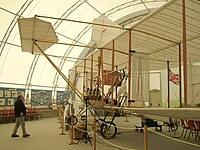
The Royal Flying Corps (RFC) was the air arm of the British Army before and during the First World War until it merged with the Royal Naval Air Service on 1 April 1918 to form the Royal Air Force. During the early part of the war, the RFC supported the British Army by artillery co-operation and photographic reconnaissance. This work gradually led RFC pilots into aerial battles with German pilots and later in the war included the strafing of enemy infantry and emplacements, the bombing of German military airfields and later the strategic bombing of German industrial and transport facilities.

Marshal of the Royal Air Force Hugh Montague Trenchard, 1st Viscount Trenchard, was a British officer who was instrumental in establishing the Royal Air Force. He has been described as the "Father of the Royal Air Force."

The Royal Aircraft Establishment (RAE) was a British research establishment, known by several different names during its history, that eventually came under the aegis of the UK Ministry of Defence (MoD), before finally losing its identity in mergers with other institutions.

Royal Air Force Halton, or more simply RAF Halton, is one of the largest Royal Air Force stations in the United Kingdom. It is located near the village of Halton near Wendover, Buckinghamshire. The site has been in use since the First World War but is due to close by December 2027.
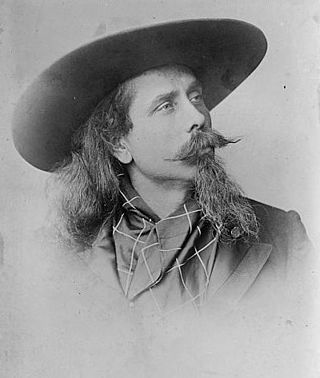
Samuel Franklin Cowdery was a Wild West showman and early pioneer of manned flight.
The Air Battalion Royal Engineers (ABRE) was the first flying unit of the British Armed Forces to make use of heavier-than-air craft. Founded in 1911, the battalion in 1912 became part of the Royal Flying Corps, which in turn evolved into the Royal Air Force.

Farnborough Airport is an operational business/executive general aviation airport in Farnborough, Rushmoor, Hampshire, England. The 310-hectare (770-acre) airport covers about 8% of Rushmoor's land area.

Royal Air Force Henlow or more simply RAF Henlow is a Royal Air Force station in Bedfordshire, England, equidistant from Bedford, Luton and Stevenage. It houses the RAF Centre of Aerospace Medicine, the Joint Arms Control Implementation Group (JACIG) and the Signals Museum. It formerly hosted light aircraft flying and 616 Volunteer Gliding Squadron. The Ministry of Defence announced on 6 September 2016 that the base is set to be close. As of January 2024, the closure and disposal of the station is expected to take place from 2026. Flying activity ceased in July 2020.

RAE Bedford was a research site of the Royal Aircraft Establishment between 1946 and 1994. It was located near the village of Thurleigh, north of the town of Bedford in England and was the site of aircraft experimental development work.
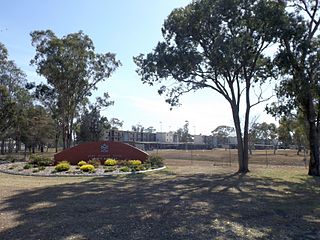
Oakey Army Aviation Centre is situated approximately 3 km (1.9 mi) from the town centre of Oakey in Queensland, Australia. It provides a training establishment for Australian Army Aviation, and also hosts the Republic of Singapore Air Force's "Cougar" 126 Squadron. The Defence name for the facility is Swartz Barracks, named for prominent politician, Army Aviation advocate, and ex-POW Sir Reginald Swartz.
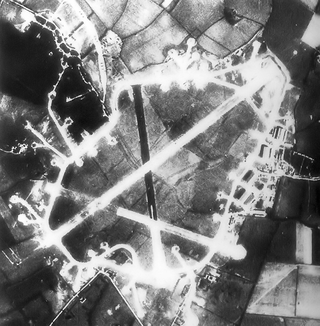
Royal Air Force Thurleigh or more simply RAF Thurleigh is a former Royal Air Force station located 5 miles (8.0 km) north of Bedford, Bedfordshire, England. Thurleigh was transferred to the United States Army Air Forces Eighth Air Force on 9 December 1942 and designated Station 111, and used for heavy bomber operations against Nazi Germany.

Old Sarum Airfield is a grass strip airfield 2 nautical miles north-north-east of Salisbury, in Laverstock parish, Wiltshire, England.
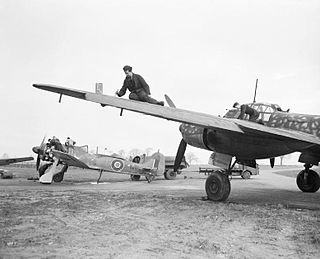
No. 1426 Flight RAF, nicknamed "the Rafwaffe", was a Royal Air Force flight formed during the Second World War to evaluate captured enemy aircraft and demonstrate their characteristics to other Allied units. Several aircraft on charge with the Royal Aircraft Establishment at Farnborough were also used by this unit. The RAE facilities at Farnborough were used for the flight testing of German and Italian aircraft during the war.
The Aeroplane and Armament Experimental Establishment (A&AEE) was a research facility for British military aviation from 1918 to 1992. Established at Martlesham Heath, Suffolk, the unit moved in 1939 to Boscombe Down, Wiltshire, where its work continues following privatisation as part of the Qinetiq company.

Royal Air Force Upavon, or more simply RAF Upavon, is a former Royal Air Force station in Wiltshire, England. It was a grass airfield, military flight training school, and administrative headquarters of the Royal Air Force. The station opened in 1912 and closed in 1993, when it was transferred to the British Army and became known as Trenchard Lines.
Eustace Broke Loraine was a pioneer British aviator and the first Royal Flying Corps officer to be killed in an aircraft crash.
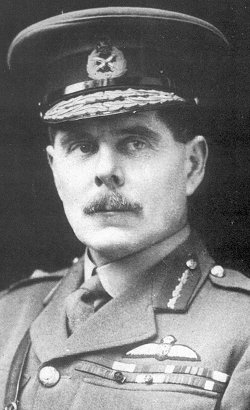
Hugh Trenchard was the commander of the Royal Flying Corps in France from 25 August 1915 until 2 January 1918.

The Montrose Air Station Heritage Centre is located to the north of Montrose, Angus, Scotland. Montrose has the distinction of having the first operational military airfield in Great Britain and the Heritage Centre is located on the former airfield.

Royal Air Force Cosford or RAF Cosford is a Royal Air Force station in Cosford, Shropshire, England just to the northwest of Wolverhampton and next to Albrighton.
Mary Sudbury, was a female engineer who worked in the 1950s wind tunnel research team, developing the supersonic airliner, Concorde, and was an Edinburgh Christian charity worker.
